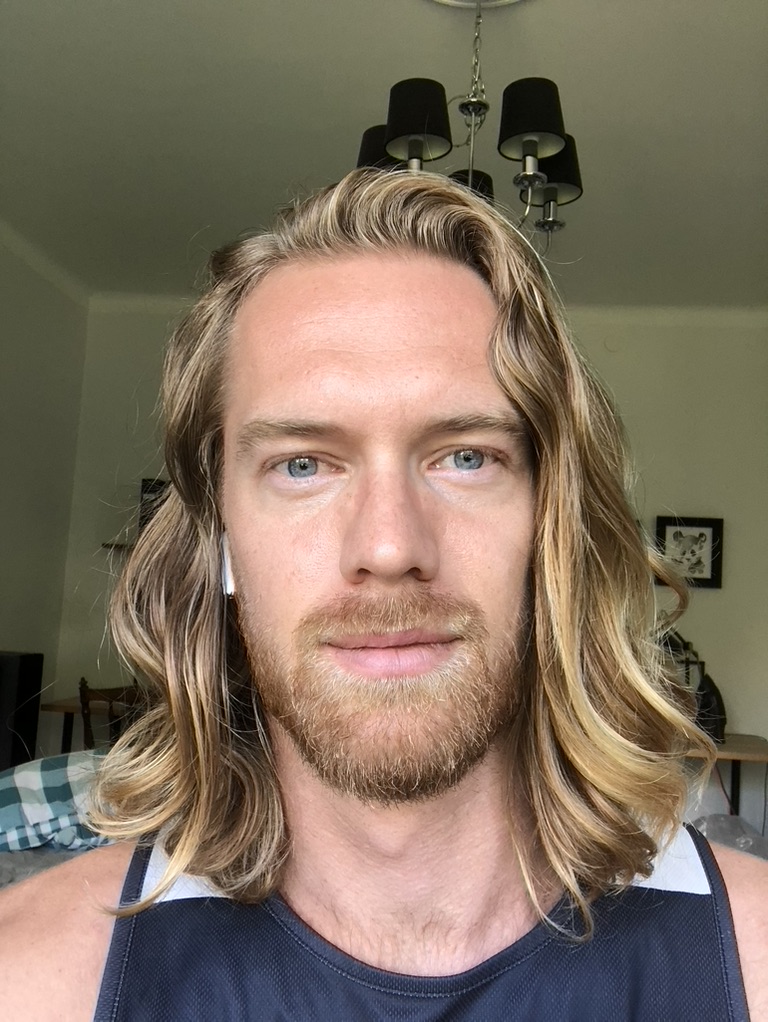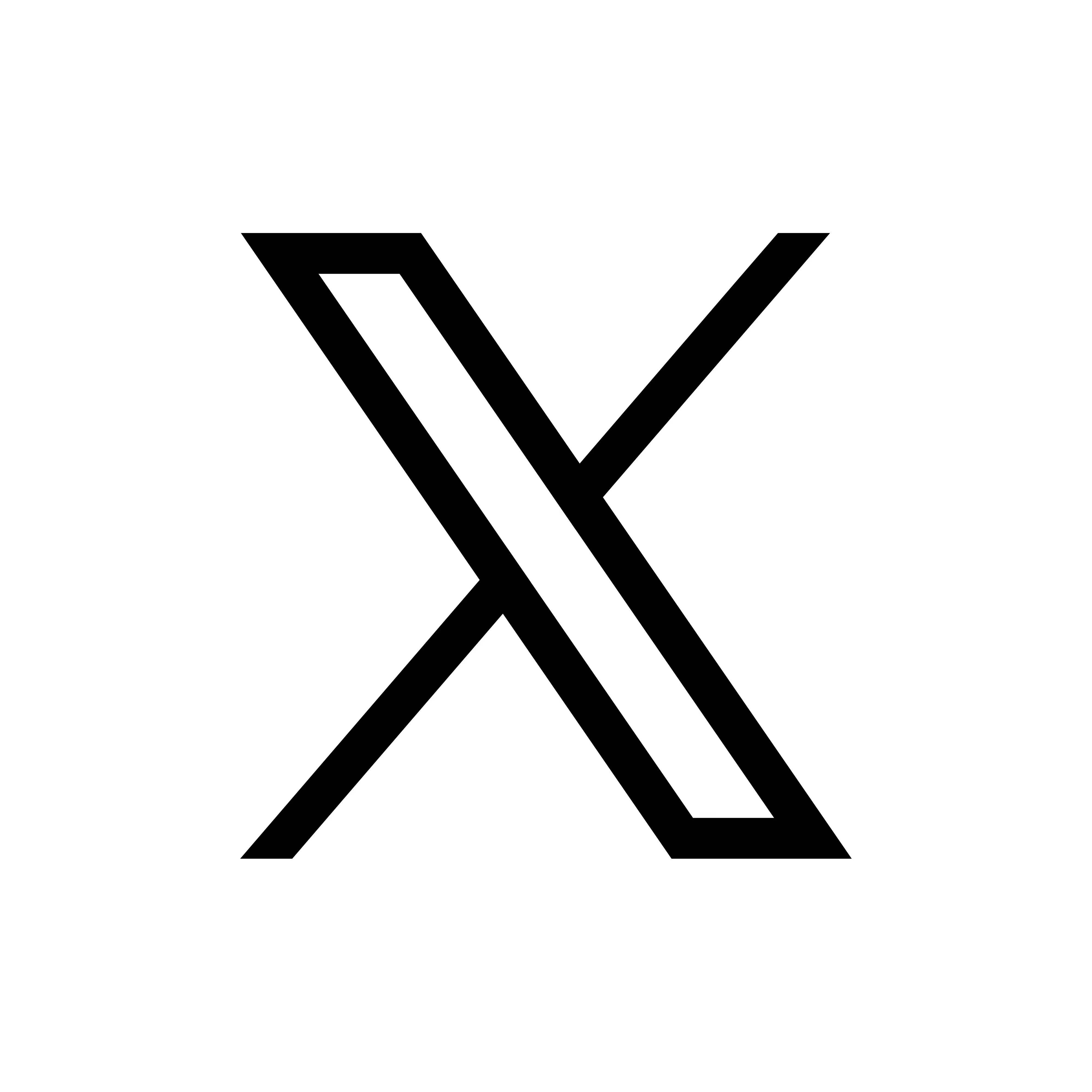
Creator and founder of breath~breaks. Discovered breath breaks after 7+ years of trying to integrate mindful practices into daily life.
What If Mindfulness Could fit Into Your Day—Just as It Is?
You don’t need incense, silence, or hours of free time to live more mindfully.
Mindfulness is simply the act of being present—really present—with whatever you're doing. Whether you're sipping your morning coffee or walking to a meeting, it’s possible to feel calmer, clearer, and more connected… one small shift at a time.
In this beginner-friendly guide, you'll discover what mindfulness actually means, how it benefits your daily life, and simple ways to practice—no experience required.
What Is Mindfulness?
At its core, mindfulness means paying attention to the present moment, without judgment.
It’s noticing your breath. Feeling your feet on the ground. Observing your thoughts and letting them pass, like clouds in the sky.
According to mindfulness teacher Jon Kabat-Zinn, “Mindfulness is awareness that arises through paying attention, on purpose, in the present moment, non-judgmentally.” (source)
In short: Mindfulness is about being here, not lost in the past or anxious about the future.

Why Practice Mindfulness Every Day?
Mindfulness isn’t just a buzzword—it’s a powerful tool backed by science. Here's how it can support you:
- Reduce Stress – Regular mindfulness practice can lower cortisol levels and reduce anxiety (source).
- Improve Focus – It helps you notice when your attention drifts—and return to what matters.
- Support Emotional Health – Mindfulness strengthens emotional regulation, helping you respond instead of react.
- Enhance Sleep, Creativity, and Well-being – Even brief practices can spark positive shifts in how you feel and function.
And the best part? You don’t have to change your whole routine. You just need to bring awareness to what you’re already doing.
Simple Mindfulness Practices for Everyday Life
Below are beginner-friendly techniques that you can try right now—no apps, no meditation cushions, just real life.
1. Mindful Breathing
The breath is always with you. It’s your built-in anchor.
Try this:
- Inhale slowly counting to 4,
- Hold breath for 1 count,
- Exhale for 5,
- Repeat for 3 rounds.
Notice how your breath feels. Where do you feel it most—your chest, belly, or nose?
Even 60 seconds of focused breathing can help shift your state from stressed to centered.
2. Body Scan or Mindful Check-In
Pause and scan your body from head to toe.Notice any tension, warmth, or discomfort—without trying to fix it. You might feel your jaw clenching, or shoulders tight. Just observe and breathe into those spots.
This practice reconnects you to your body and calms your nervous system.
3. Mindful Eating
Choose one meal or snack today to eat without distraction.Turn off your screen. Take a bite. Chew slowly. Notice the texture, taste, and smell.
This not only enhances enjoyment, but also supports digestion and helps you tune into hunger and fullness cues.
4. Mindful Walking
Next time you walk—whether it’s down the hallway or around the block—try this:
Feel the contact of your feet with the ground. Notice your pace. Look around without rushing. Each step becomes a mini reset when you’re fully present.
Tips to Stay Consistent (Even on Busy Days)
Mindfulness is like any skill: it gets easier with gentle repetition.
Here’s how to stay on track:
- Start Small – Even 1–2 minutes of practice can help.
- Attach to Habits – Try mindful breathing before opening your laptop, or a body check-in while brushing your teeth.
- Don’t Aim for “Perfect” – The goal isn’t to clear your mind, but to notice where it is—and gently come back.
- Celebrate the Try – Every mindful moment counts. There’s no right or wrong here.
Mindfulness Is Already Within Reach
You don’t need to escape your life to feel more present in it.
By bringing a little more attention to your breath, your body, and your senses, you can experience more calm, clarity, and connection—starting today.
Want more simple mindfulness tools delivered to your inbox?
Sign up to our newsletter and be the first to access new techniques, insights, and early access to our wearable reminders.
.png)

%402x%20(2).svg)






